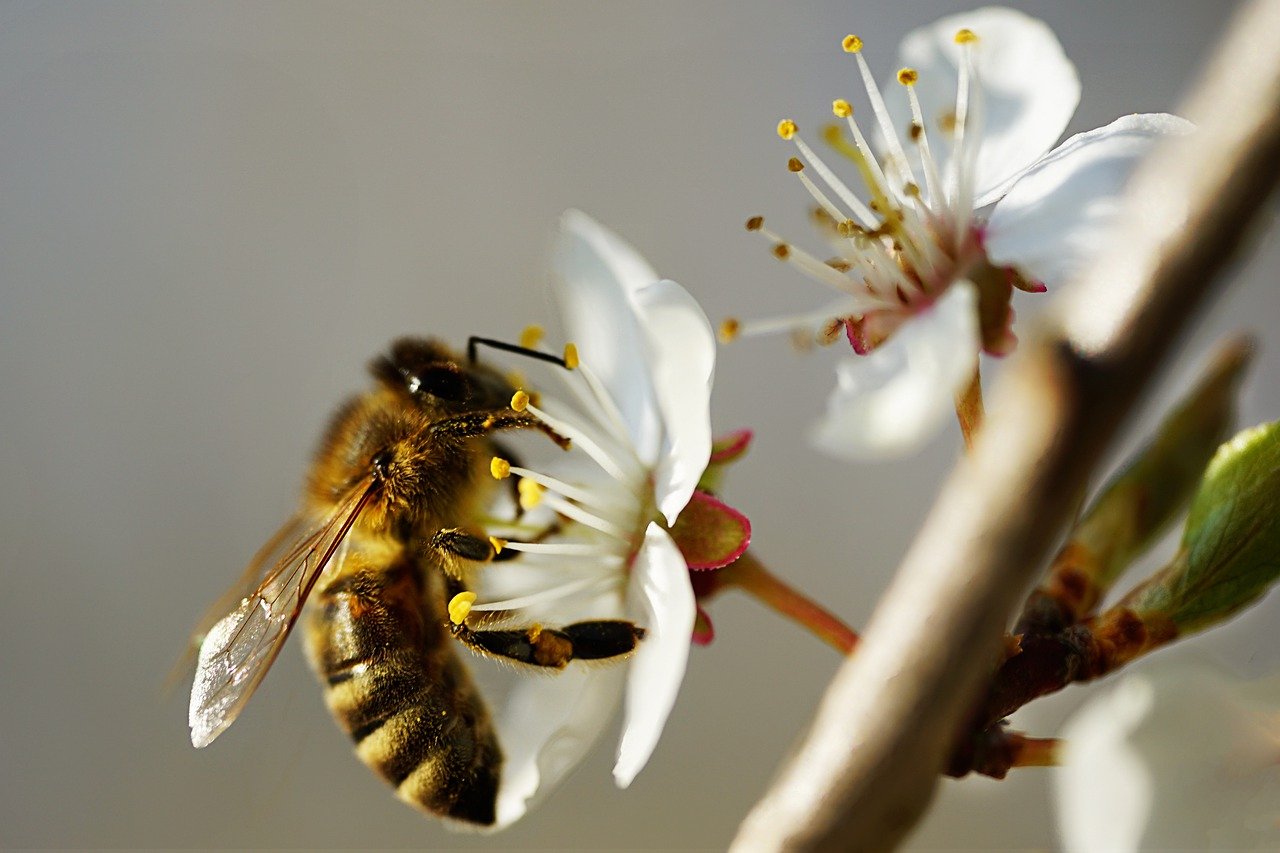
The plant world is full of surprises and wonders. The way plants have evolved to adapt and reproduce is truly amazing. This is shown by the different types of pollination, through which plants manage to survive and carry out their peculiar reproduction. Without a doubt, it is a very interesting topic.
Next we will comment more on the process of pollination. We will explain how it is produced and the importance it has, not only for the plant kingdom, but for the entire planet. Besides, We will talk about the different types of pollination that exist. If you are interested in the subject, I recommend that you continue reading.
What is pollination?
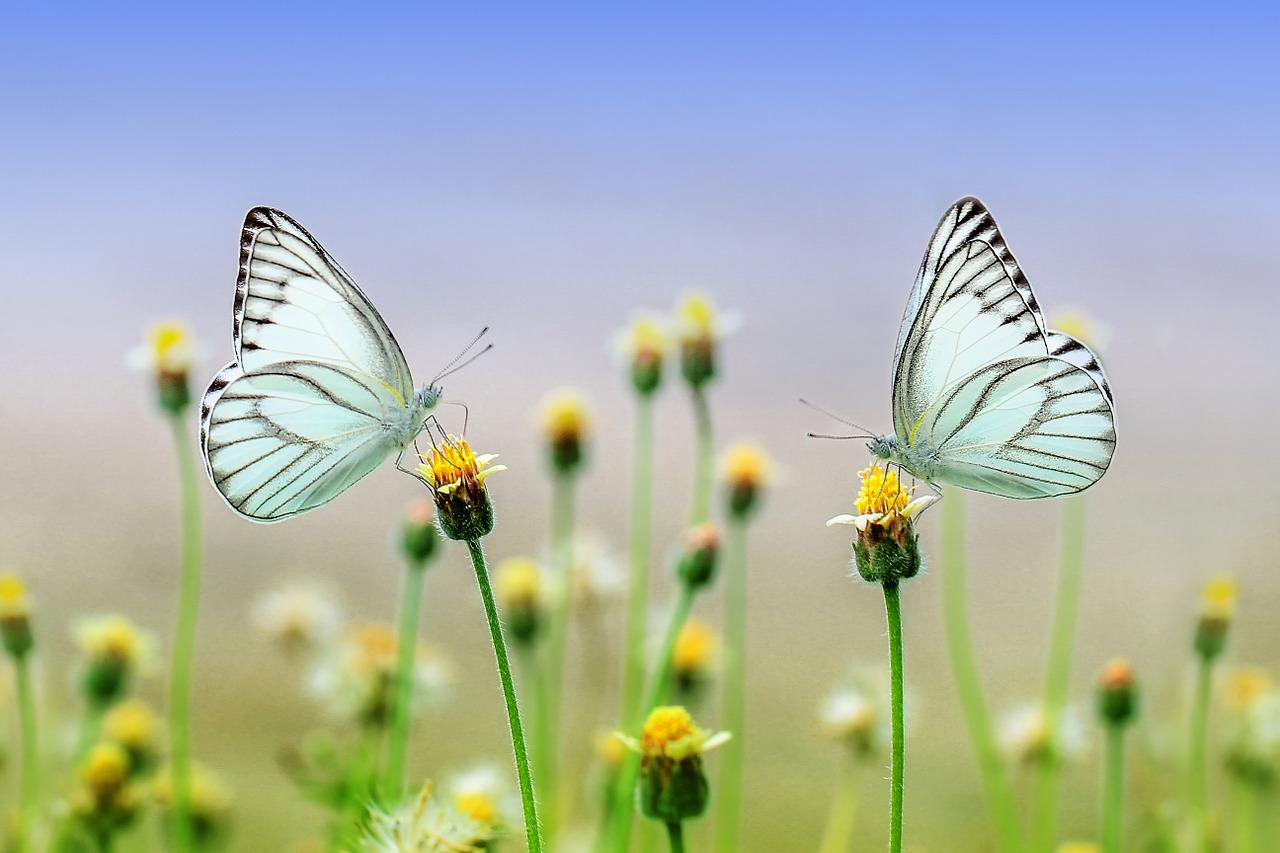
Before talking about the different types of pollination that exist, we are first going to explain what exactly this process is. Well, plant pollination is basically a biological process by which pollen produced by male structures of plants is transported to the female parts. These can be found within the same plant, as long as that plant has both male and female organs and/or flowers. But pollination is also carried out between different plants, when they have only male or female flowers. I anticipate that, in the latter case, the process is called cross-pollination.
It should be said that this curious process is the first phase of plant reproduction. Thus, we can affirm that the main function of pollination is clearly the first step to ensure that plants survive and evolve thanks to reproduction. If you want to know more about this topic, I recommend that you take a look at this article that deals with what is plant fertilization.
How does plant pollination occur?
As we have commented previously, the entire process of pollination It is essential for the fertilization of plants to take place. without which they could not reproduce. However, we are going to comment in more detail on what exactly this process consists of.
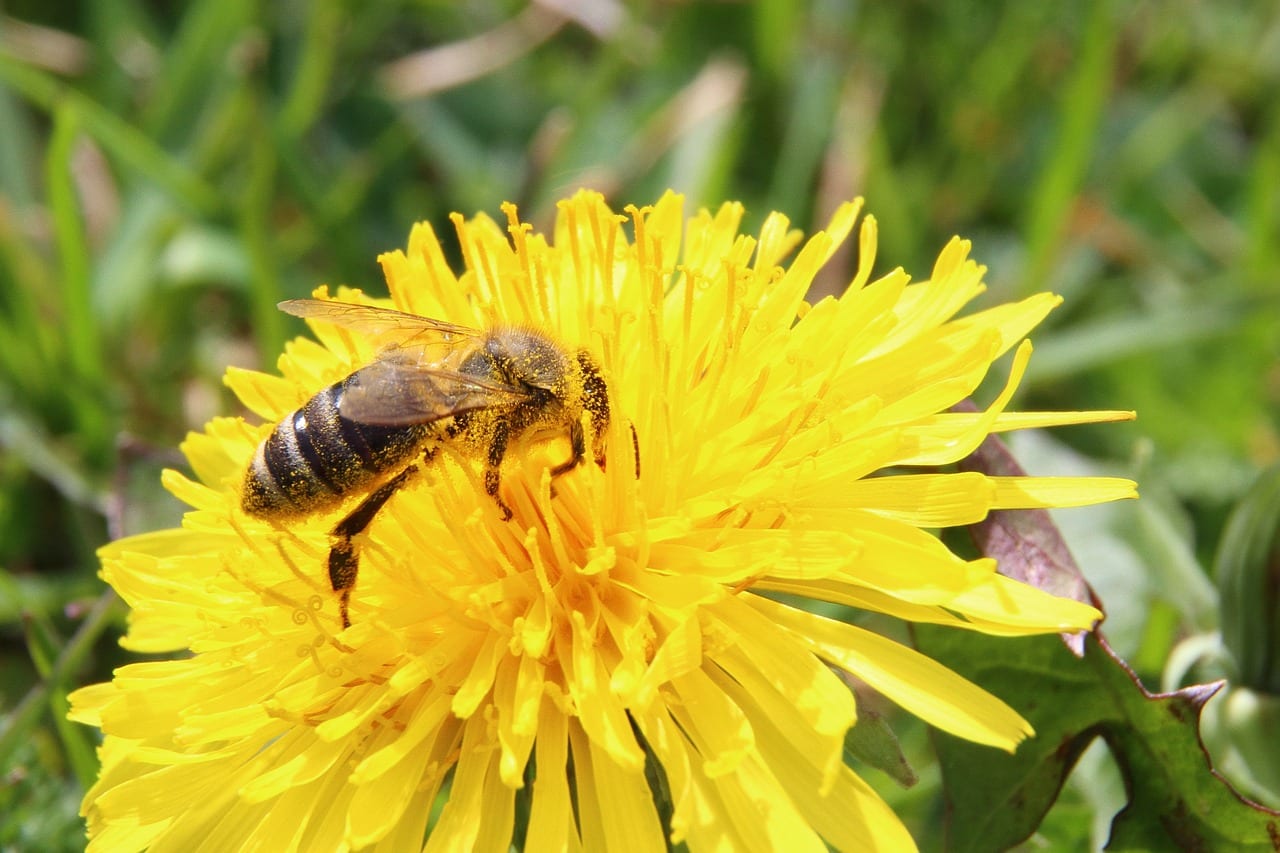
In natural pollination, Pollen transport is carried out by abiotic and biotic agents. These ensure that the male gametes, that is, the pollen, which are initially found in the stamens of the flowers, can fertilize the female gametes or ovules by depositing them in the pistil of the flowers.
As you will surely imagine, pollination has various strategies to carry out the process. These have been developed both by the plants themselves and by pollinating agents. A good example of the pollination process carried out by insects is the incredible case of the Ophrys bombyliflora, known as bumblebee orchid. Their colors and texture are very similar to the bodies of the females of some bumblebee species, hence their name. Thanks to this similarity, this flower manages to attract male bumblebees. These, perching on top of the flower, fill their hair-covered bodies with pollen that they end up transporting to other orchids. And this is how this species of plant reproduces.
What are the 4 types of pollination?
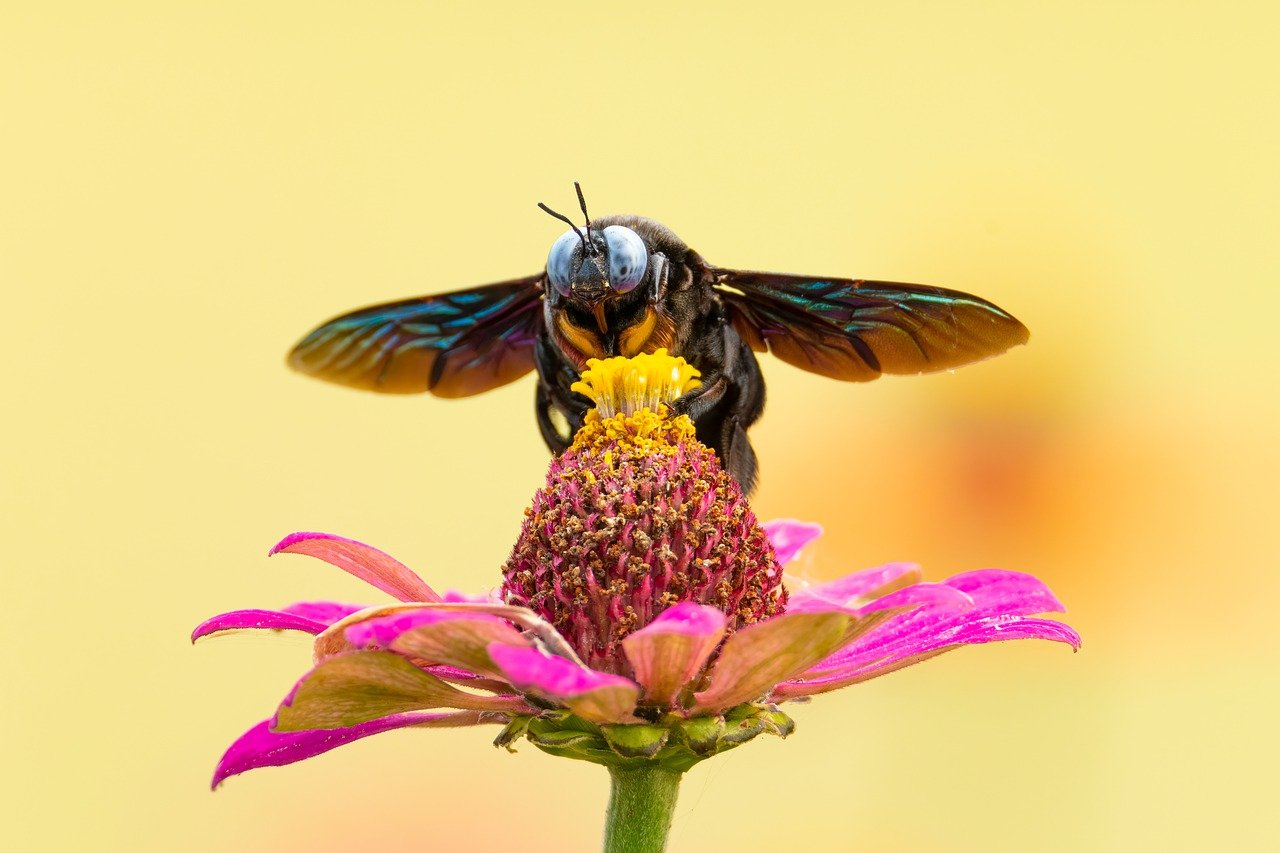
The plant world is full of amazing processes and strategies. A good example is the different types of pollination that exist, which we are going to comment on in this section. We can distinguish this process by the method by which it is carried out. It would be the following classification:
- Wind pollination: It is carried out by the wind.
- Hydrophilic pollination: It takes place through water.
- Zoophilous pollination: It is done by animals.
In this last group, zoophilic pollination, a specific subgroup is distinguished above all, which may be the most famous of all: entomophilous pollination, which is that carried out by insects. There are thousands of insects that participate in the pollination process in millions of different plants that are found in countless ecosystems throughout the planet.
Apart from this classification, we can also distinguish four main types of pollination, which we will comment on below:
- Crusade
- Direct
- Natural
- Vision
Cross pollination
Let's start with cross pollination. What is this guy? How is it done? Well, in this type of pollination, pollen grains are carried from the flower of one plant to the flower of another. That's why it's called a "crusade." Pollen is transported from one plant to another through a so-called external vector. This can be both abiotic and biotic. Cross-pollination exists when birds such as hummingbirds or bats are involved in this process; insects such as bees, wasps, and butterflies; wind or water. In this large group we could include all the types that we have commented on previously: Anemophilous pollination, hydrophilic pollination and zoophilic pollination.
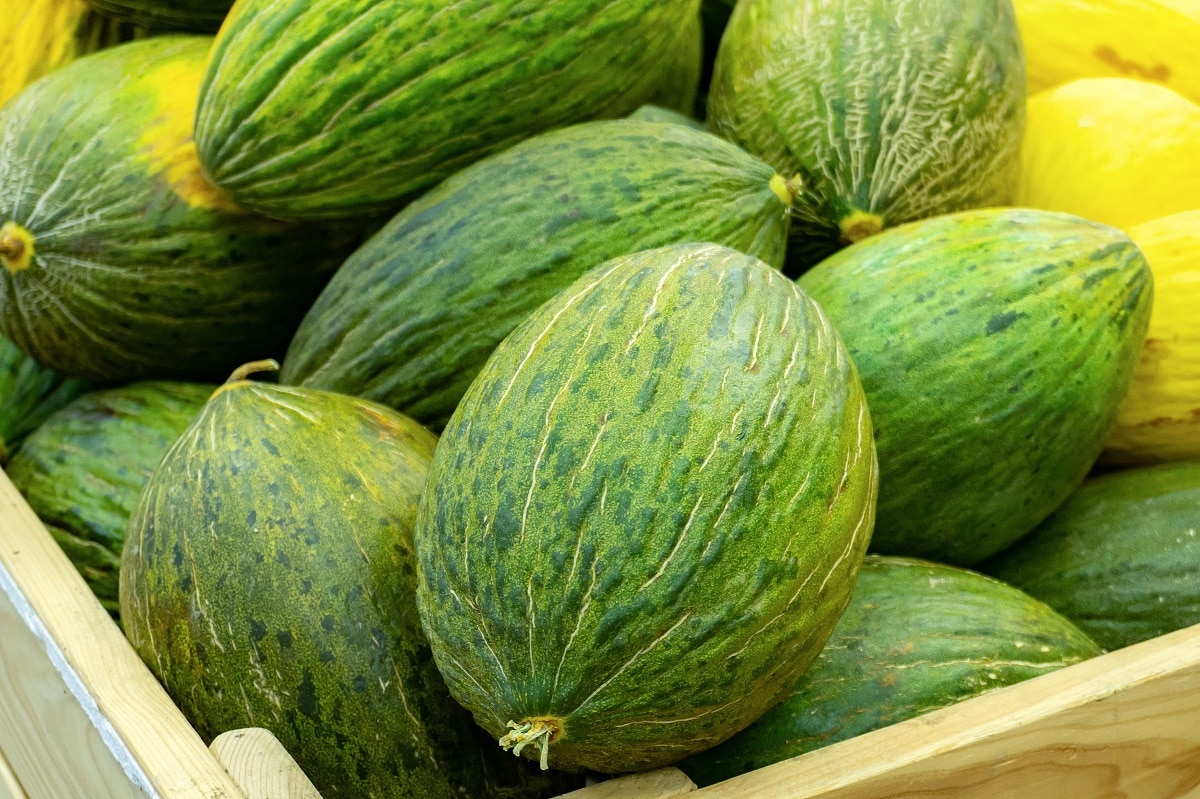
This type, cross-pollination, is necessary in cases where the male and female organs are not in the same copy, but also when these appear at different times during the growth of the plant. Some examples of them would be almond, melons and sunflower. But there are many more species that need cross-pollination in order to reproduce.
direct pollination
Among the four main types of pollination, direct pollination also stands out, also known as self-fertilization or self-pollination. In these cases, pollen is transferred from the anthers of a flower to the stigmas of the flower. The most remarkable thing about this process is that the pollen grain arrives only from one point to another, without an intermediary vector as occurs with cross-pollination.
Plant species that carry out direct pollination or self-pollination They are called autogamous. The great advantage of this type of pollination is that plant species are capable of reproducing even without the presence of external pollinators. It should also be noted that almost no pollen is wasted in this way, since the distances traveled by the grains are usually very short. Autogamous plants include, for example, the bean, mango, peanut and peas.
natural pollination
Now let's talk about natural pollination. As expected, it is the one that occurs without human intervention, that is, naturally. All those cases belonging to direct pollination, which includes the anemophilous, hydrophilic and entomophilic types of pollination, are considered examples of natural pollination.
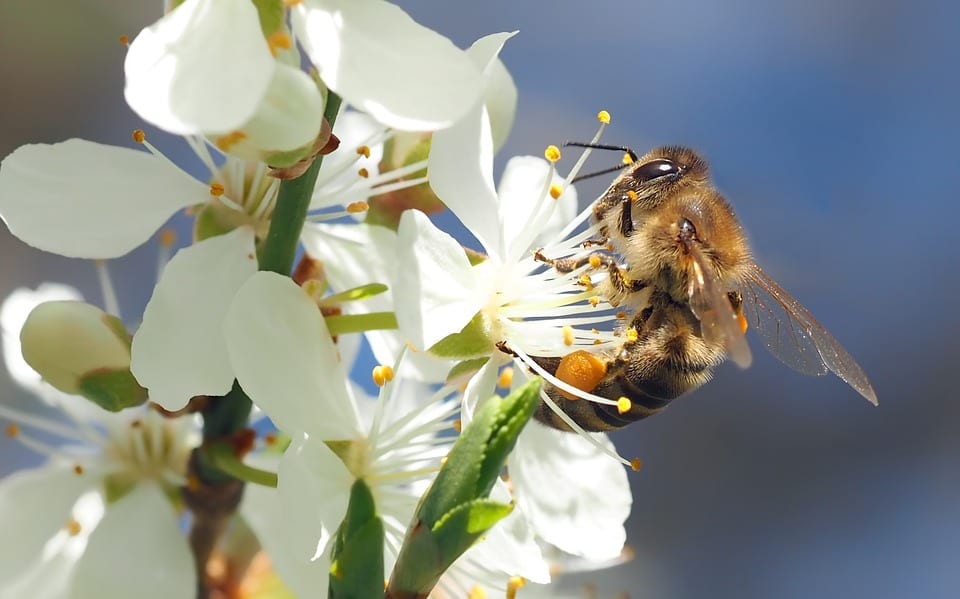
After many years of evolution, plant species have found a way to transport pollen in a completely natural way and without the help of humans to be able to reproduce, fulfilling some specific needs. All the types of pollination that we have discussed so far take place naturally, without any intervention on our part.
artificial pollination
In contrast to natural pollination we have artificial pollination, also known as manual pollination. As you will surely imagine, this process does take place with the intervention of the human being. In fact, it occurs when we replace nature during this process and control the reproduction of plants.
Generally, performing this process manually is usually done by two reasons:
- when there is dtoo few natural pollinators in a specific area, where the agricultural crop is located.
- When we want prevent alterations in specific characteristics from arising of a certain plant.
But how is this work accomplished? It is simple but laborious in large quantities. It is important to bag the flowers to prevent the arrival of natural pollinators. We must collect the pollen from the stamen and transfer them to the stigma. For this we can use a brush, for example. Then you have to cover the flowers again until they have been fertilized.
Importance of pollination
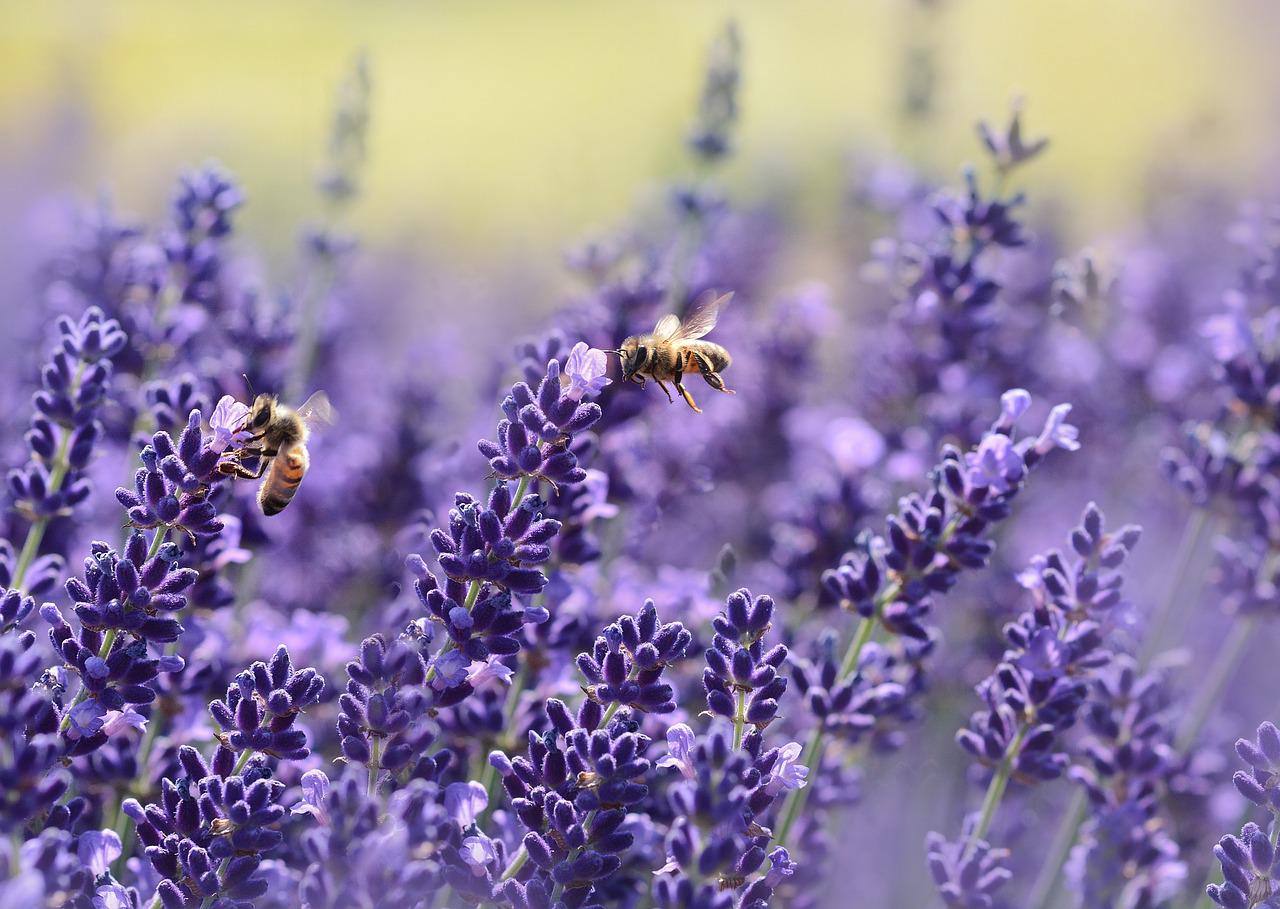
With all this information, it will already be clear to us what pollination is and the importance it has for the plant kingdom. However, this process is not only vital for plants, but also for us. Thanks to them the balance of ecosystems is maintained and also food security for people. We must not forget that agricultural production depends directly on the pollination of crops. Without pollination, new plant individuals would not come into existence. Without new plants, we and the herbivorous animals would lack food. As a result of the disappearance of herbivores, carnivorous animals would also be negatively affected.
It should also be noted that the high biodiversity of pollinators favors both the balance of natural ecosystems and crops. In this way, both in natural and agricultural ecosystems, resilience can be developed through the biodiversity of the pollinators that exist in them. Their ecological function and their response to environmental conditions make it possible for the risks caused by climate change are minimized. This detail is extremely important, since current and future ecosystems are strongly threatened by this issue.
As you can see, pollination is not only essential for plants, but also for the entire planet. Therefore, we must care for and respect ecosystems.